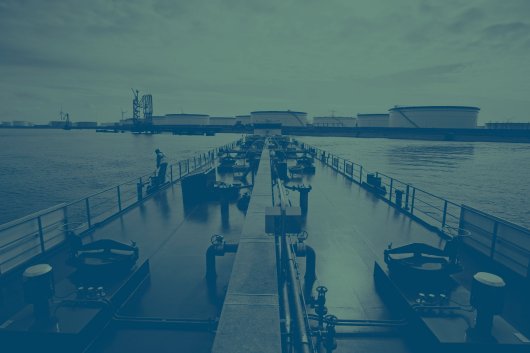Gazpromneft Marine Bunker achieves 16% rise in north-west Russia sales
Firm says development of the Northern Sea Route was a key factor that led to the increase.
Gazpromneft Marine Bunker, operator of Gazprom Neft's bunkering business, reports that during the first half of 2017 it recorded sales of 516,800 tonnes of marine fuels at ports throughout north-west Russia - a 16 percent increase year-on-year.
The bunker supplier explained that growth in north-west Russia was the result of the development of the Northern Sea Route - the shipping route that lies in Arctic waters and within Russia's Exclusive Economic Zone (EEZ).
In Murmansk, in particular - the main port providing fuel to Arctic vessels - Gazpromneft Marine Bunker said deliveries rose by a factor of 2.2, to 133,200 tonnes.
At the Baltic ports of St Petersburg, Ust-Luga, and Primorsk, which are subject to a cap on sulphur content and where the Russian firm operates, Gazpromneft Marine Bunker said it achieved sales of 72,400 tonnes of ultra-low-sulphur fuels, exceeding H1 2016 sales by 24 percent.
Gazpromneft Marine Bunker CEO, Andrei Vasiliev, explained that the company's key concern in a "rapidly changing" market was improving business efficiency.
"The first half of this year has seen us making significant progress in this area," Vasiliev noted.
"Growth data in the highly competitive market of the north-west region, moreover, indicate[s] that we have managed to fine-tune an optimal working model, and are successfully adapting to new external conditions, making it possible to continue moving forward towards achieving the goals outlined in the company's long-term strategy," Vasiliev added.
Image: Andrei Vasiliev, CEO of Gazpromneft Marine Bunker.
The bunker supplier explained that growth in north-west Russia was the result of the development of the Northern Sea Route - the shipping route that lies in Arctic waters and within Russia's Exclusive Economic Zone (EEZ).
In Murmansk, in particular - the main port providing fuel to Arctic vessels - Gazpromneft Marine Bunker said deliveries rose by a factor of 2.2, to 133,200 tonnes.
At the Baltic ports of St Petersburg, Ust-Luga, and Primorsk, which are subject to a cap on sulphur content and where the Russian firm operates, Gazpromneft Marine Bunker said it achieved sales of 72,400 tonnes of ultra-low-sulphur fuels, exceeding H1 2016 sales by 24 percent.
Gazpromneft Marine Bunker CEO, Andrei Vasiliev, explained that the company's key concern in a "rapidly changing" market was improving business efficiency.
"The first half of this year has seen us making significant progress in this area," Vasiliev noted.
"Growth data in the highly competitive market of the north-west region, moreover, indicate[s] that we have managed to fine-tune an optimal working model, and are successfully adapting to new external conditions, making it possible to continue moving forward towards achieving the goals outlined in the company's long-term strategy," Vasiliev added.
Image: Andrei Vasiliev, CEO of Gazpromneft Marine Bunker.
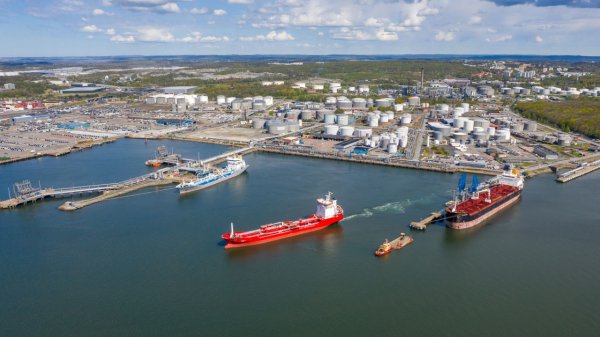
|
Swedish biomethane bunkered in Gothenburg
Test delivery performed by St1 and St1 Biokraft, who aim to become large-scale suppliers. |
|
|
|
||
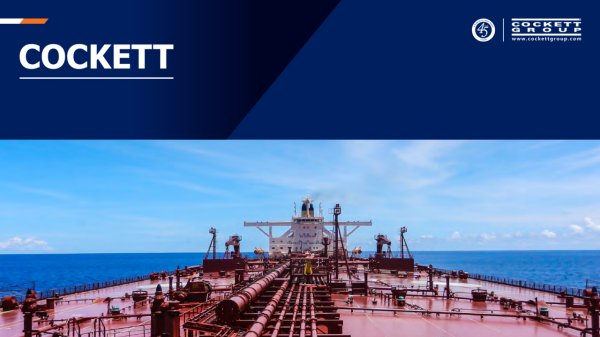
|
Cockett to be closed down after 45 years
End of an era as shareholders make decision based on 'non-core nature' of Cockett's business. |
|
|
|
||
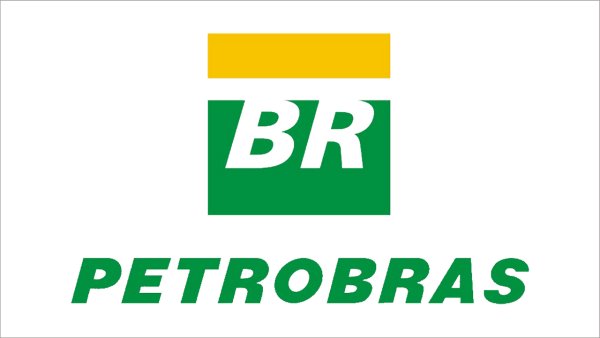
|
Petrobras confirms prompt availability of VLS B24 at Rio Grande
Lead time for barge deliveries currently five days. |
|
|
|
||
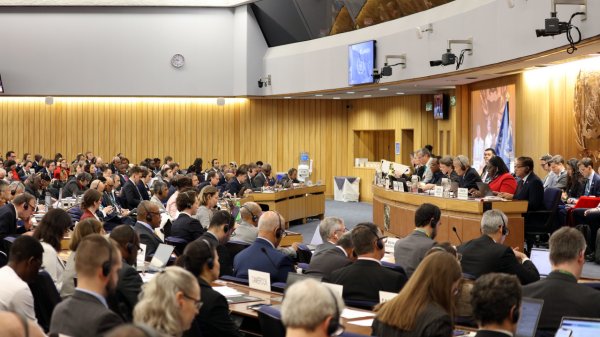
|
IMO approves pricing mechanism based on GHG intensity thresholds
Charges to be levied on ships that do not meet yearly GHG fuel intensity reduction targets. |
|
|
|
||
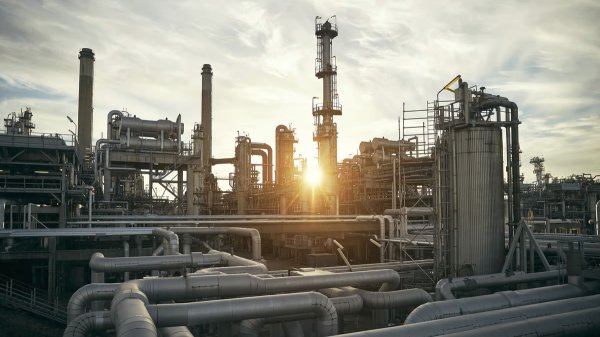
|
VARO Energy expands renewable portfolio with Preem acquisition
All-cash transaction expected to complete in the latter half of 2025. |
|
|
|
||
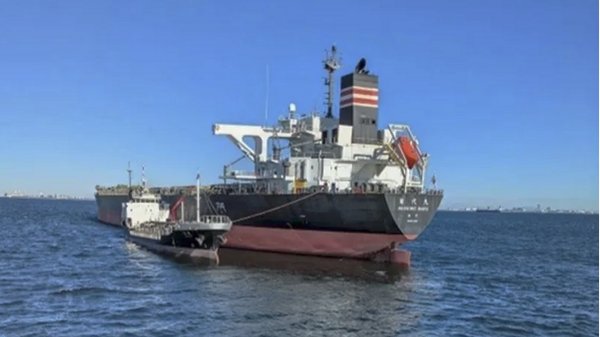
|
NYK trials biofuel in milestone coal carrier test
Vessel is used to test biofuel for domestic utility company. |
|
|
|
||
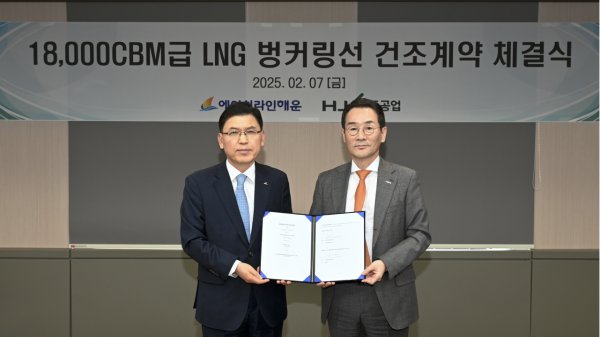
|
H-Line Shipping orders LNG bunkering vessel
Vessel with 18,000-cbm capacity to run on both LNG and MDO. |
|
|
|
||

|
How to engineer and manage green shipping fuels | Stanley George, VPS
Effective management strategies and insights for evolving fuel use. |
|
|
|
||
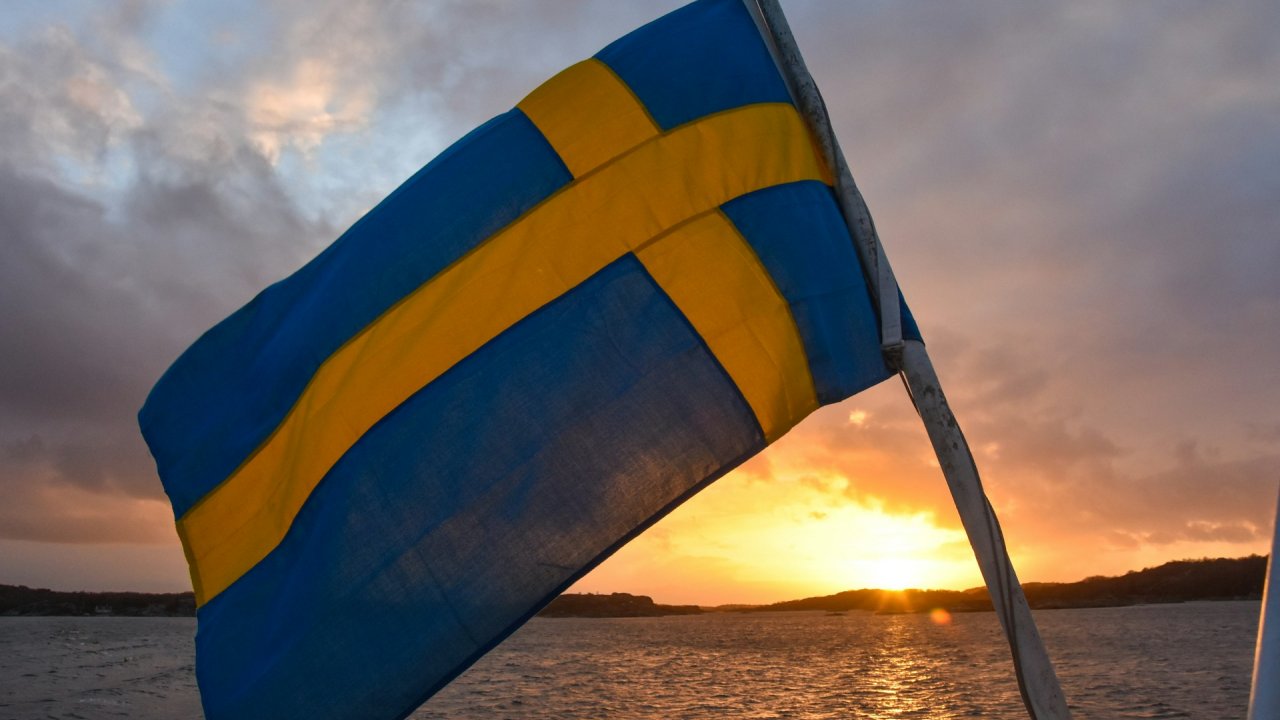
|
Swedish government bans scrubber wastewater discharges
Discharges from open-loop scrubbers to be prohibited in Swedish waters from July 2025. |
|
|
|
||
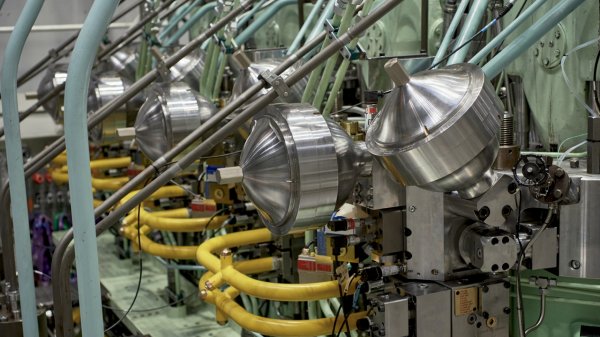
|
MAN Energy Solutions achieves 100% load milestone for ammonia engine
Latest tests validate fuel injection system throughout the entire load curve. |
|
|
|
||
Related Links
- · Gazprom and Mitsui discuss LNG bunkering progress [Insights]
- · Gazpromneft Marine Bunker performs first lube ship delivery in Ust-Luga [Insights]
- · Gazpromneft supplies more than 32,000 tonnes to Royal Caribbean in St. Petersburg [Insights]
- · Gazpromneft Marine Bunker starts supplying fuel to STASCO in Black Sea [Insights]
- · Gazpromneft Marine Bunker performs first quayside delivery at Bronka [Insights]
-
· Gazpromneft Marine Bunker LLC [Directory]
- · Russia [Directory]

